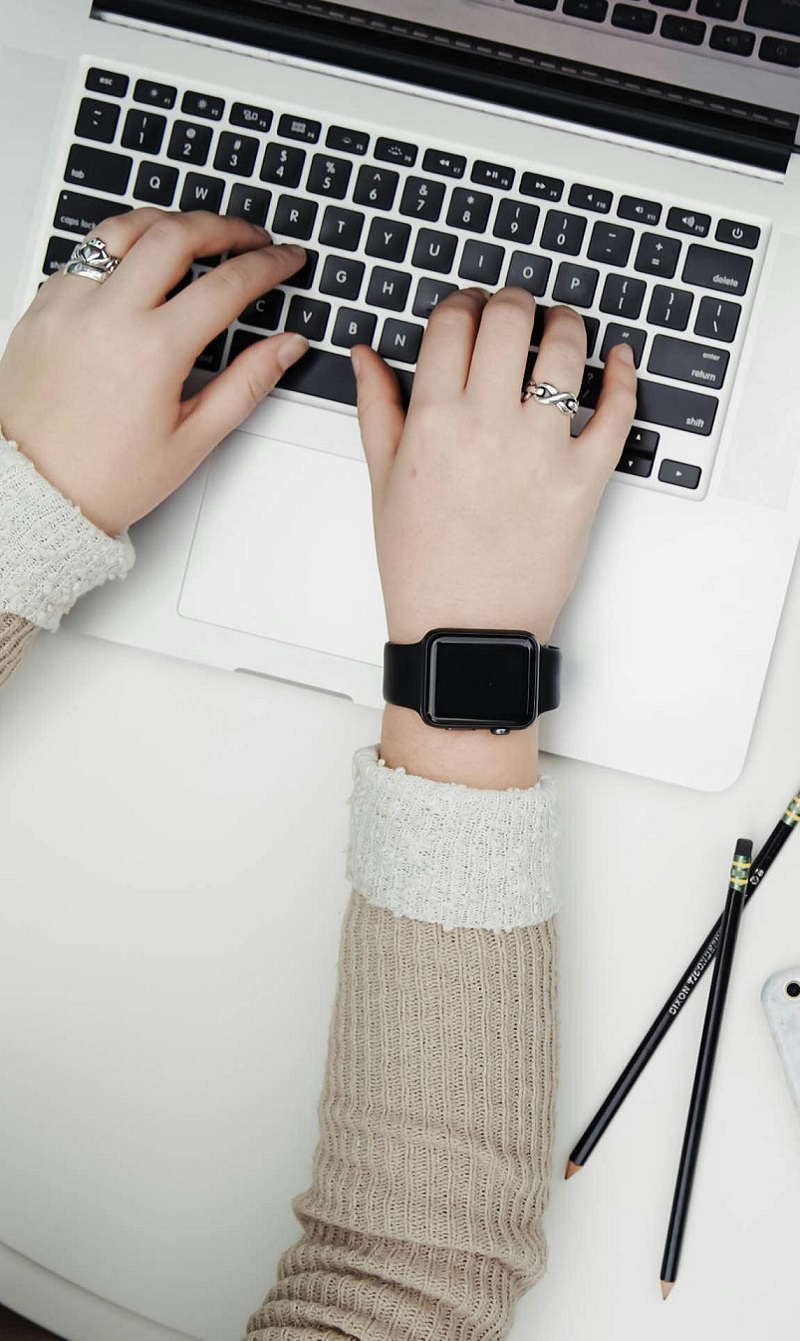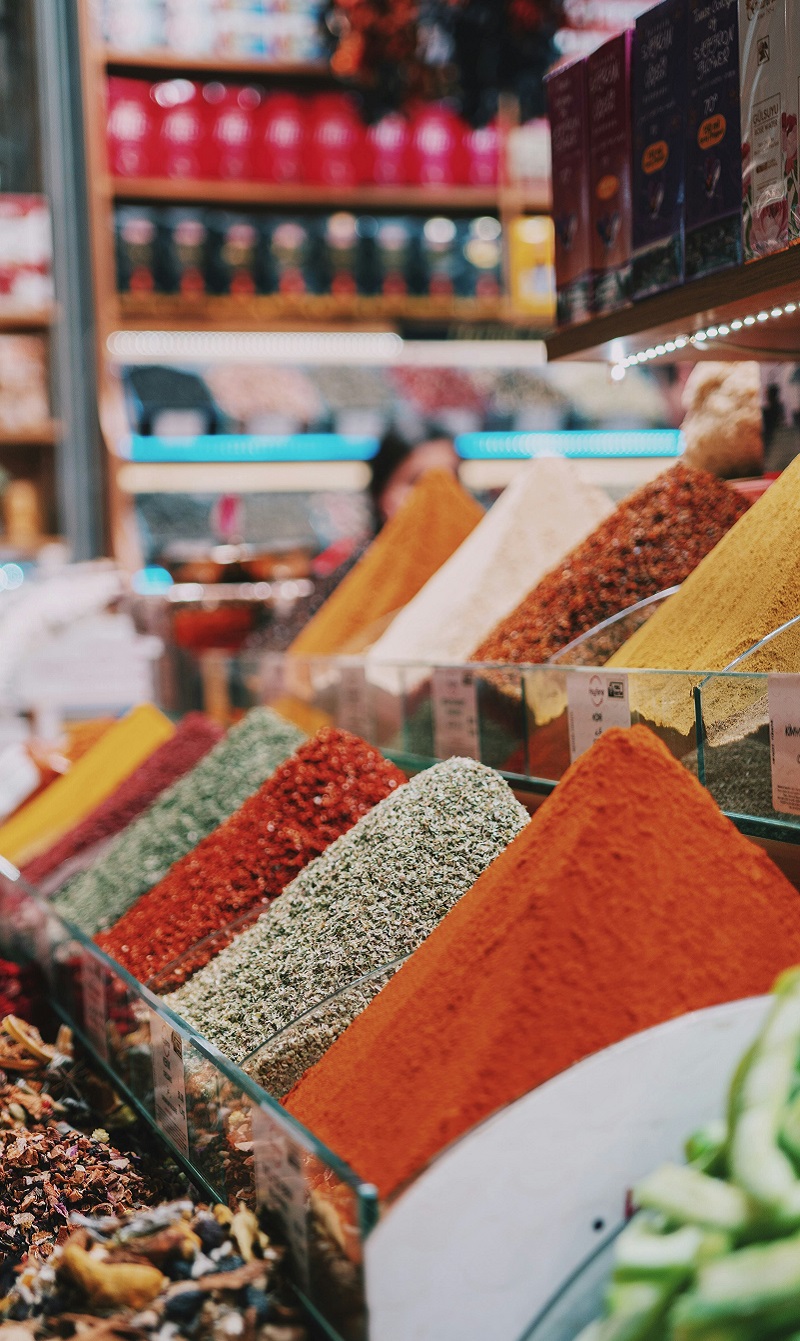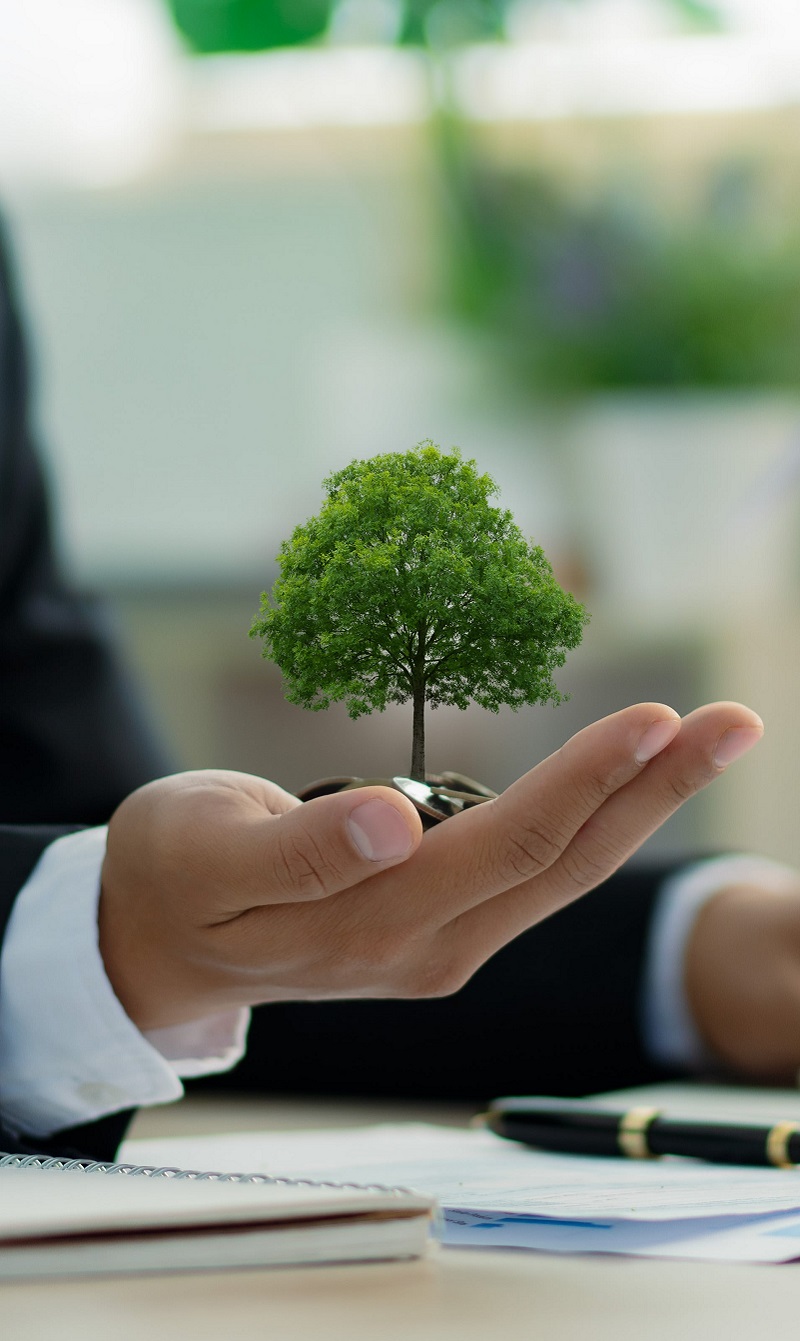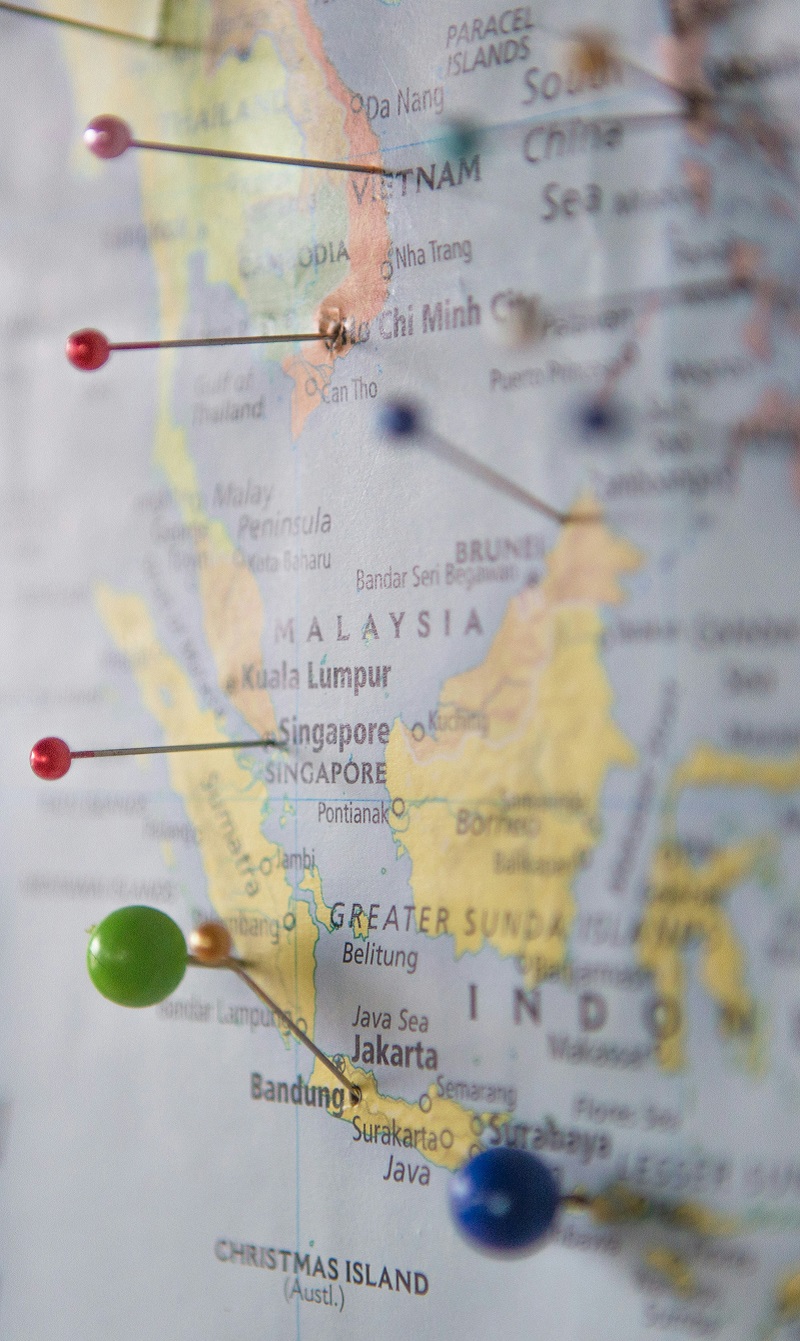A Vital Tool for Circular Economy
Design thinking is vital in the long run when adopting a circular economy where reduce, reuse and recycle is the concept. When a product reaches the end of its life, its materials are kept within the economy. Hence, design thinking creates further value and long-term sustainability.
The opposite of a traditional linear economy – where we make, use and dispose – is circular economy. In circular economy, the resources are kept in use for as long as possible to extract the maximum value from them, then to recover as well as regenerate products and materials at the end of each service life. According to Wrap a circular economy is vital as it creates new opportunities for growth. It reduces waste, delivers a more competitive economy, helps reduce the environmental impacts and positions it to better address emerging issues of security as well as scarcity in the future.
According to the Ellen MacArthur Foundation circular economy is based on three principles: to design out waste and pollution, keep products and materials in use, and regenerate natural systems. In a circular economy, economic activity builds and rebuilds overall system health. The concept recognises the importance of the economy needing to work effectively at all scales – for large and small businesses, for organisations and individuals, globally and locally. Transitioning to a circular economy does not only amount to adjustments aimed at reducing the negative impacts of the linear economy. Rather, it represents a systematic shift that builds long-term resilience, generates business and economic opportunities, and provides environmental societal benefits.
For example, when you dine at restaurants, many of us have our drinks with a plastic straw. After consuming, it’s thrown away. However, with circular economy, a metal straw is used. It can be reused and recycled as many times possible. Metal straws are now also easily accessible in supermarkets to be purchased, making us less reliant on plastic straws.
Design Thinking in Circular Economy
Design thinking is vital in the long run if we’re adopting a circular economy. Design thinking starts with observing customers in their everyday lives and to learn about material needs and how well or poorly those needs are met by existing products. McKinsey & Company says that product designers, marketing specialists, engineers and others involved in making and selling products use the resulting insights on customer needs to rapidly prototype, test and refine new concepts for products and services, without relying on old assumptions that might constrain their ideas.
With respect to circular economy, design thinking also means asking how to provide value to consumers using a minimum amount of material. Sometimes the answer is to offer services rather than products: think of how some people choose to store digital files in the cloud rather than on their own devices. If a physical unit is needed, design thinking might suggest that companies make their products more durable by using better materials, or make them easy to maintain with designs that allow critical components to be replaced when they wear out.
These concepts led to Desso, a European flooring company to introduce carpet-leasing services. Instead of buying carpets, customers now have the option to lease carpets from the company, which takes care of installation, maintenance, and removal. This arrangement gives Desso an incentive to manage materials efficiently. Indeed, Desso has cut waste and reduced its consumption of virgin materials by treating old carpets as a valued commodity. The company collects carpets from its customers and other sources, including its competitors, and removes the fibers from the backing. The old fibers are recycled into new fibers; the backing is used as an ingredient in roads and roofs.
Circular economy is also the perfect financial and economic opportunity for businesses. Below are some companies that have successfully designed products for sustainability, which in turn makes for a circular economy, that capture considerable value and create lasting, rewarding relationships with customers. Basically, they’ve embraced the concept of: produce, use, recycle, reuse.
- Evian, the France-based mineral water brand
By 2025, the company plans to become ‘circular,’ using materials in a closed loop. It will work to increase dismal consumer recycling rates, and partner with a non-profit organisationthat works on collecting ocean plastic. In a move that will likely have a more direct impact, all Evian bottles will also be made from 100 per cent recycled plastic.Evian partnered with a Montreal-based startup called Loop Industries that recycles differently. ‘We actually don’t even consider ourselves recyclers,’ says Daniel Solomita, founder and CEO of Loop Industries, which calls its product ‘sustainably produced resin.’ Using a low-energy process with minimal heat and pressure, and a proprietary catalyst, the company depolymerizes waste plastic, turning it into the same base materials that are used in making virgin plastic.
.
The recycling process works not only on water bottles, but on any plastic material, including, for example, old polyester carpet that typically would have no value. A bottle made through the process can also be recycled over and over again, using the same process, without degrading in quality. Evian, which has also partnered with designers like Christian Lacroix and Alexander Wang to make limited-edition bottles for its luxury mineral water in the past, to turn into recyclable plastic, is the right fit that matches its sustainability goals.
- IBUKU, Bali-based architectural design company that uses bamboo
IBUKU consists of a team of young designers, architects and engineers exploring groundbreaking ways of using bamboo to build homes, hotels, schools, and event spaces in Bali, Indonesia. The traditional skills of Balinese craftsmen, combined with their design ideas and modern engineering create original bamboo structures that meet the needs of a diverse and luxury clientele. Bamboo is one of the world’s most sustainable and versatile building materials with a steel-like tensile strength. After only three to five years of growth, it is ready to be used.In IBUKU’s bamboo factory, Balinese and Javanese bamboo are prepared for construction by undergoing months of special preserving processes, in fact a house built from bamboo can last a lifetime!.
- DyeCoo, the world’ first water free and process chemical free dying solution
DyeCoo uses patented and industrial proven technology based on CO₂, instead of water. So how does it work? The technology uses reclaimed CO₂ as the dyeing medium in a closed loop process. When pressurized, CO₂ becomes supercritical (SC-CO₂). In this state CO₂ has a very high solvent power, allowing the dye to dissolve easily. Thanks to the high permeability, the dyes are transported easily and deeply into fibers, creating vibrant colours. CO₂ dyeing does not need added process chemicals to dissolve dyes. The technology uses 100 per cent pure dyes and with more than 98 per cent uptake, there is no wastage. Dyeing without water equals geographical freedom, becoming completely independent from clean water availability. This opens up new opportunities for the textile industry, allowing production to occur closer to market, shorten lead times and disconnect from Earth’s most valuable resource,water.
. - Kaffee Form, a German company that makes coffee cups out of used coffee grounds
Kaffee Form, a start-up company based in Berlin, Germany, utilises recycled coffee grounds from local cafes, together with renewable raw materials (natural glue and wood particles), to create coffee cups. Product designer, Julian Lechner, spent three years perfecting the product. The cups have a dark, wood appearance and a light coffee smell. They can be put in the dishwasher and are durable and long-lasting. Other benefits include the fact that they are BPA free, food safe, carbon neutral and biodegradable.
Main photo by Kelly Sikkema on Unsplash and photo on homepage Crissy Jarvis on Unsplash





